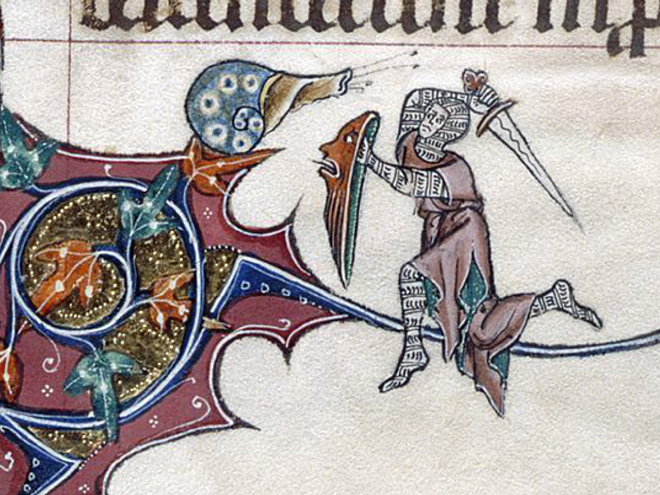
#Medieval manuscript art snails series#
1450)īased in Seoul, Colin Marshall writes and broadcasts on cities and culture. His projects include the book The Stateless City: a Walk through 21st-Century Los Angeles and the video series The City in Cinema. All manner of animals, ranging from the noble unicorn to the humble hedgehog, inhabit the medieval bestiary, a type of manuscript containing descriptions of over a hundred animals. The Aberdeen Bestiary, One of the Great Medieval Illuminated Manuscripts, Now Digitized in High Resolution & Made Available Onlineġ,600-Year-Old Illuminated Manuscript of the Aeneid Digitized & Put Online by The Vaticanĭante’s Divine Comedy Illustrated in a Remarkable Illuminated Medieval Manuscript (c. In her famous survey of the subject, Lilian Randall proposed that the snail was a symbol of the Lombards, a group vilified in the early middle ages for. How the Brilliant Colors of Medieval Illuminated Manuscripts Were Made with Alchemyīehold the Beautiful Pages from a Medieval Monk’s Sketchbook: A Window Into How Illuminated Manuscripts Were Made (1494)

To fully understand the making of the devices we use to read electronically today would require years and years of study, and so there’s something satisfying in the fact that we can grasp so much about the making of illuminated manuscripts with relative ease: see, for example, the two-minute Getty video just above, “The Structure of a Medieval Manuscript.” A fuller understanding of the nature of illuminated manuscripts, both in the sense of their construction and their place in society, makes for a fuller understanding of how rare the chance was to own beautiful books of their kind in their own time - and how much rarer the exact combination of skills needed to create that beauty.

Most of us in the developed world can now buy one of those, but the non-institutional patrons willing and able to commission the most splendid illuminated manuscripts in the Middle Ages and early Renaissance included mostly “society’s rulers: emperors, kings, dukes, cardinals, and bishops.” Thanks to io9.com and reddit for the heads up.Some illuminated manuscripts also bear elaborate cover designs sculpted of precious metal, but even without those, these elaborate books - what with all the art and craft that went into them, not to mention all those pricey materials - came out even more valuable, at the time, than even the most coveted laptop, phone, reader, or other consumer electronic device today. To see more images, go to the Medieval Manuscripts blog at the British Library. I’m not saying knights battled giant snails in medieval Europe. Maybe the monks just really hated snails, but then why do the knights always look so worried? Here’s a tip – if you don’t know what something represents, sex is always a good guess. Some people have proposed that the snails are references to biblical passages, or political groups, or sex. Perhaps its a weird joke – the knight finally facing an equally-armored foe – or maybe it’s a metaphor.
#Medieval manuscript art snails pdf#
The style you see in those old medieval manuscripts is just so pretty and quirky all at once. Medieval Snails Art (1 - 40 of 94 results) Price () Shipping Medieval Knights Fighting Snails Ceramic Mug 11oz PomegranatesOG (123) 18.99 Medieval Snail Bookmark TheHumFromTheHill (2,079) 3.84 Medieval Snail Cat Cross Stitch Pattern, PDF MeowKapowPatterns (92) 3. Weird shit like that, especially when they come with beautiful flourishes framing the page. Do you know why the knight is fighting a snail? Because if you read enough 14th century literature this image turns up everywhere. And nobody knows why. I love all those quirky medieval drawings of knights fighting snails and animals that look nothing like they do in reality because the artist has never seen them. Such manuscripts were written by monks (who, other than nobles and clergy, were really the only ones that could even read after all) and usually included some sort of doodle or artwork in the margins. But some are pretty strange.

This is a doodle from a medieval manuscript.

Image from the Gorleston Psalter (14th Century)


 0 kommentar(er)
0 kommentar(er)
